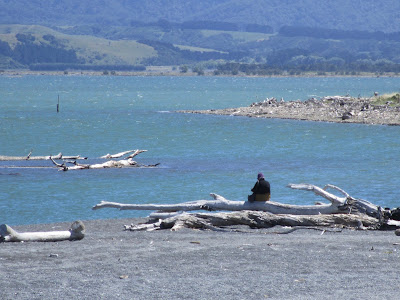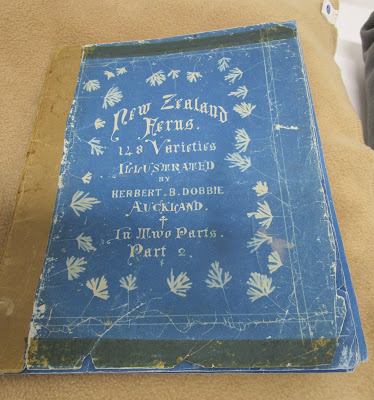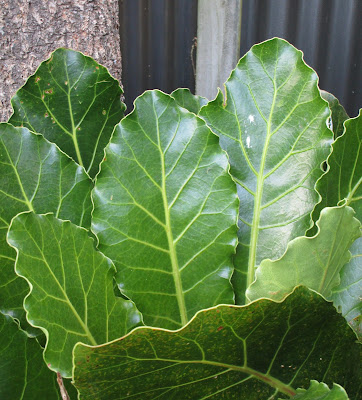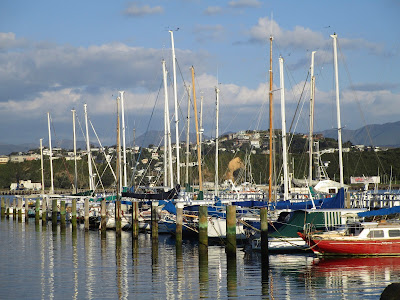The sky was blue but there was a cold wind blowing hard when we arrived, so we pulled on hats and hoods and buttoned up our jackets as we went in our separate directions. Trisha headed off in the direction of the water, but I didn't get any further than the grasses growing in the dunes beside where we'd parked the car, and before a large expanse of smooth black rocks began stretching out to the water. They were fighting to remain vertical in the southerly and the chattering of their stems as they rubbed against one another in their efforts was like a frenzied conversation. They caught the light so beautifully, ever-changing because of the constant movement, like the waving of golden flags by an enthusiastic crowd.
And there were so many varieties of grasses. I don't have names for them, but that didn't matter to me at all. There was something heroic about them that captured my imagination. Something about surviving and even thriving in spite of difficult circumstances, I suspect.
Look at these little puff-ball things, crouching down for shelter amongst the taller grasses. Whispering to each other as they nod this way and then that.
And then just beyond the grasses were the sands and the rocks, scattered with a few remnants of long deceased logs. Like ancient skeletons. So very different than our west coast beaches, heaped high with logs that have escaped the tugs that were pulling them to be milled, or just raw trees newly knocked from their earthly moorings close to the water.
Looking back behind me were these craggy and much eroded bluffs, almost devoid of vegetation. Lesotho-ish.
After a time I looked back to the water, to see that Trisha had found herself a perch on which to anchor herself while sketching. And that's when it began to dawn on me that what we were seeing, what we were drawn to in this interesting place, was quite different. She has a fascination with the ever-changing sky and sea and beach, and her beautiful work explores this. Meanwhile I was more interested in seeing what managed to grow there, against the backdrop of the sea.
In fact it took me a little while to get down to the shore, and then I began to understand what Trisha was seeing. I sat and watched for awhile, journalling (with some difficulty) at the same time. And in that brief interlude, I saw it change from this,





































